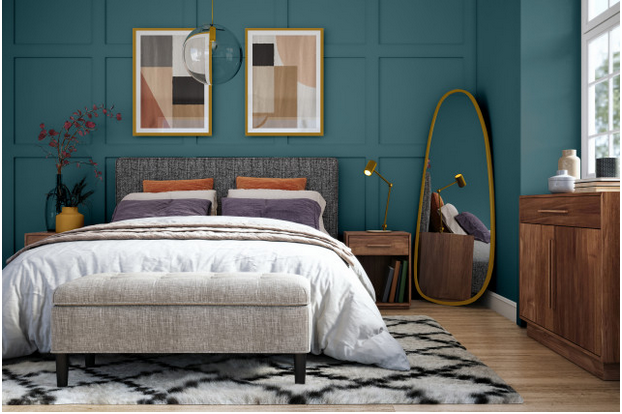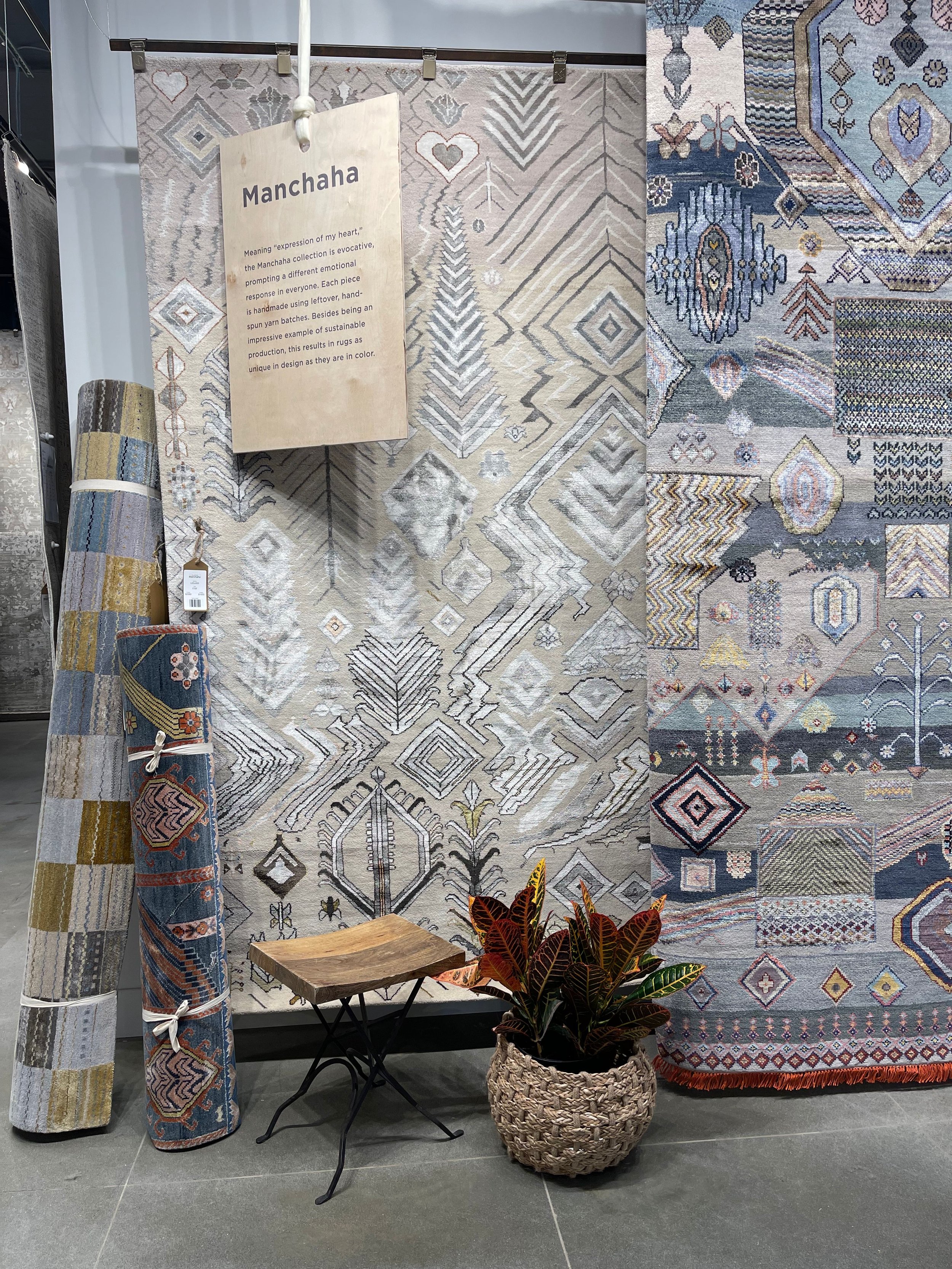Continuing our look at the variety of Colors of the Year for 2023 (which we began last week), we’ll be taking a look at next year’s offerings from Sherwin-Williams, Butch Boy, Benjamin Moore, and Behr paint companies.
Again, instead of offering us shades of a single color, or even narrowly defined palettes as we’ve seen in the past, the major paint manufacturers are presenting us with more of a mix of categories: soft neutrals, warm pink shades, and rich, deep blue/greens. According to a recent article at the consumer-friendly design site Houzz.com, that is.
Redend Point by Sherwin-Williams
“If less intense pinks are more your jam, take a look at Redend Point [the 2023 Color of the Year from Sherwin-Williams]. It’s a medium-dark sand color, which makes it neutral, but it has a soft coral-pink undertone that gives it a twist. This is not your typical tan.
“The hint of warm pink allows the color to serve as a pleasing backdrop to hues that are more pink- or orange-forward, as seen here. But it’s still a neutral, and as such, it can work with a variety of other colors, especially those also on the warmer side of the color spectrum.”
Rustic Greige by Dutch Boy
“Along the lines of Redend Point, Rustic Greige [from Dutch Boy paints] is a sandy tan with a kiss of pink. These moodier neutrals seem to be gaining popularity in interiors, likely as a reaction to the long-popular bright whites and cool, silvery grays.
“I think this is a good choice for a neutral background wall color. You can then mix in touches of more vibrant colors or stick with a warm neutral palette and add variety with different shades of ivory, beige, tan, and brown.”
Raspberry Blush by Benjamin Moore
“Benjamin Moore [paint’s] selection also is a warm pink, but this one is super bold and vibrant.
“This extroverted hue works best in public areas of a home where an energetic vibe is desired. It’s a conversation-stimulating color for the dining room — good for those who love to entertain.”
Blank Canvas by Behr
“If you’re seeking a clean slate for 2023, you can’t go wrong with Behr [paint’s] choice of Blank Canvas. It’s pretty clear Behr is making a statement with this choice. And that statement is that most of us probably could use a fresh start.
“This go-anywhere off-white has a slightly warm cast, making it a versatile jumping-off color that can be paired with just about any other color. But because it has a touch of warmth, it also can be used as the dominant color in a room and not feel too cold or sterile.”
If these 2023 Colors of the Year fail to resonate with you, feel free to check in with us for our further impressions of these categories of colors that are trending for next year. Just click here to… Get in touch with TD Fall today.



















